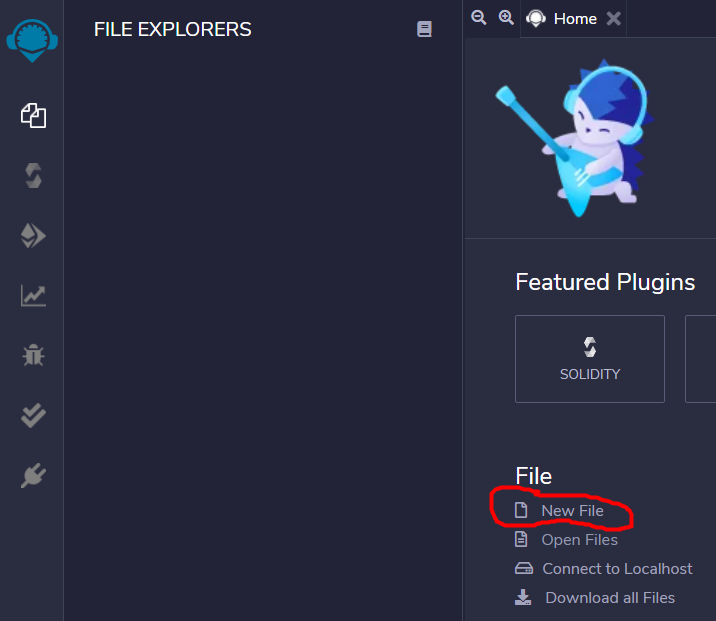Hello, I think I did what filip does exactly in the video lecture for mappings but I keep on encountering an error: “SolidityBasics.sol:27:9: ParserError: Expected primary expression. returns balance[msg.sender]; ^-----^”
I also used pragma solidity 0.7.5
Thanks for the help
mapping(address => uint) balance;
function addBalance(uint _toAdd) public returns(uint){
balance[msg.sender] += _toAdd;
returns balance[msg.sender];
}
function getBalance() public view returns(uint){
returns balance[msg.sender];
}

